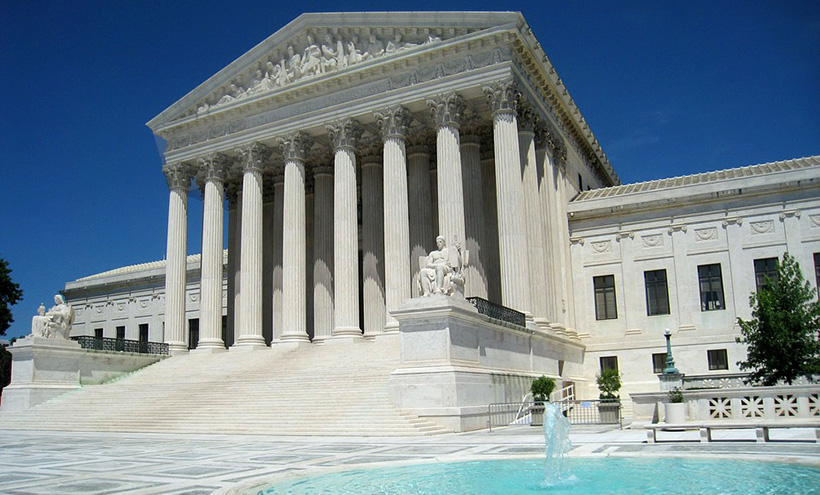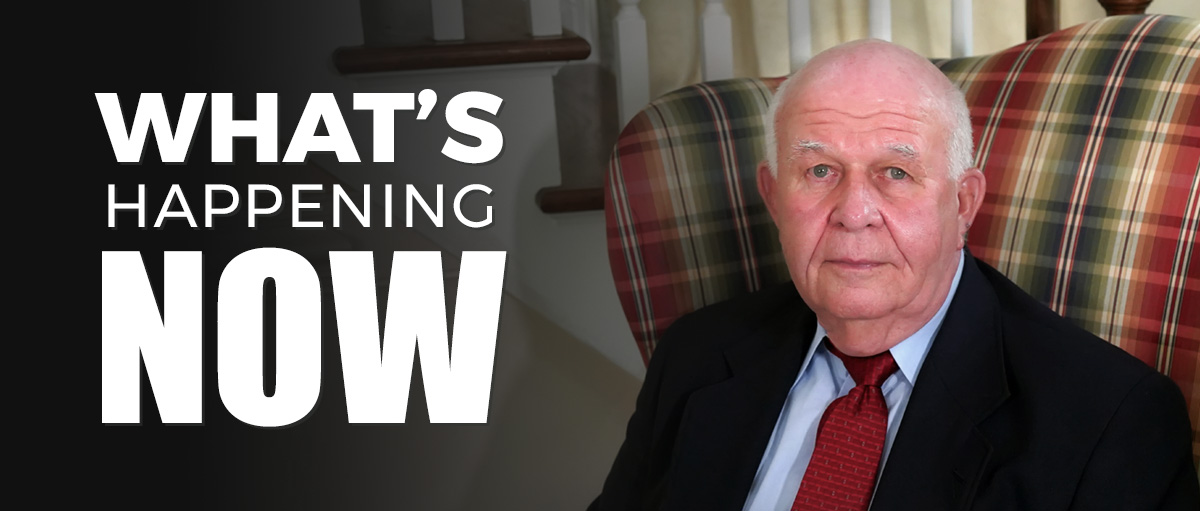Publisher's note: This post appears here courtesy of the Carolina Journal, and written by Andy Taylor.

We tend to think of
U.S. Supreme Court justices as ideological, their views and actions mapping neatly onto the conventional liberal-to-conservative continuum of American politics. Their decisions are thought to conform to the party of the president who nominated them. The current conservative bloc is Chief Justice John Roberts and Justices Clarence Thomas, Samuel Alito, Neil Gorsuch, and Brett Kavanaugh. They supposedly stand strong and united against their liberal opponents, Justices Ruth Bader Ginsburg, Stephen Breyer, Sonia Sotomayor, and Elena Kagan, who were appointed by either Clinton or Obama.
The term that finished in June generated several decisions consistent with this view. In a big case from North Carolina -
Rucho v. Common Cause - the justices voted 5-4 strictly along ideological lines and ruled drawing legislative district lines for the purposes of helping a political party doesn't violate the U.S. Constitution. Decisions regarding a public television station's handling of free speech, states' sovereign immunity from private suits filed against them in a court of another state, and individuals' right to sue expeditiously in federal courts when state government has taken their property came out the same way.
But the application of law and interpretation of the Constitution are different from policymaking. And, despite liberal condemnation of the current court's majority as brazenly and irredeemably conservative, the term that closed in June provided some interesting illustrations of the subtleties of jurisprudence. It was hardly the calcified institution observers claim it to be.
Criminal justice was particularly revelatory of the high court's unpredictability. The conservatives split on an appeal of a murder conviction based upon a discriminatory disqualification of a black prospective juror. Only the strange couple of Ginsburg and Gorsuch opposed the majority and believed a defendant tried by both his home state of Alabama and the federal government for illegal firearms possession had been a victim of double jeopardy. Gorsuch and Breyer "switched sides," permitting a majority to uphold a blood test of an unconscious driver suspected of intoxication. Gorsuch defied expectations again when he joined his liberal colleagues in ruling a federal law that increases penalties when a gun is used in a crime is unconstitutionally vague.
Although the conservatives held together on one death penalty case, in another Roberts was peeled off by the liberals. The majority ruled the Eighth Amendment prevented the execution of prisoners who cannot rationally understand the reasons for their punishment.
It wasn't just criminal justice. The court was unanimous in its refusal to overrule a doctrine that permitted federal agencies significant freedom in interpreting vague language governing their operations. This ruling - Kisor v. Wilkie - annoyed many conservative scholars. In another 9-0 decision the court incorporated the "excessive fines" provision of the Bill of Rights and made it applicable to the states. Here it struck a blow against civil asset forfeiture by local and state governments, pleasing libertarians across the country.
In a case involving tech giant Apple, Kavanaugh joined the liberal bloc to permit purchasers of iPhones to sue under antitrust legislation. Breyer and Kagan were part of the majority that found a 40-foot cross honoring veterans in a public Maryland park didn't violate the Establishment Clause of the Constitution. They also joined the conservatives in a ruling regarding a law that regulated the disposal of fetal remains. All nine found a federal statute prohibiting immoral trademarks infringed upon free speech. And, you might remember, the justices voted unanimously to put a hold on the Trump administration's efforts to add a citizenship question to the U.S. Census.
Interestingly, the number of 5-4 decisions was as high as ever. But of the 20, the justice who was in the majority the most, Gorsuch, was only on the winning side for 13 of them. Kagan and Sotomayor were in the majority the least, but at 10 cases each, they were victorious half of the time. Kagan wrote as many majority opinions in 5-4 cases as Alito and Kavanaugh. Everyone authored at least one.
What does this all mean? As I noted, it reveals political ideology and judicial philosophy are different - no matter what your Twitter feed and the political hacks say. It also suggests whereas presidents and congressional leaders are capable of punishing dissent or appeasing contrarians so that speech and action in the political realms remain partisan and orthodox, the Supreme Court is often gloriously volatile and its members independent.
It shows smart reasonable people can disagree on something on matters of principle one day, but be on the same side the next. The justices apparently get along, perhaps because they don't need to face voters and raise money. But it's also because working in close quarters and directly with one another permits opportunities to display intellect and personal warmth and create relationships of respect that facilitate coalition building and civil disagreement.
Andy Taylor is a professor of political science in the School of International and Public Affairs at N.C. State University.
























